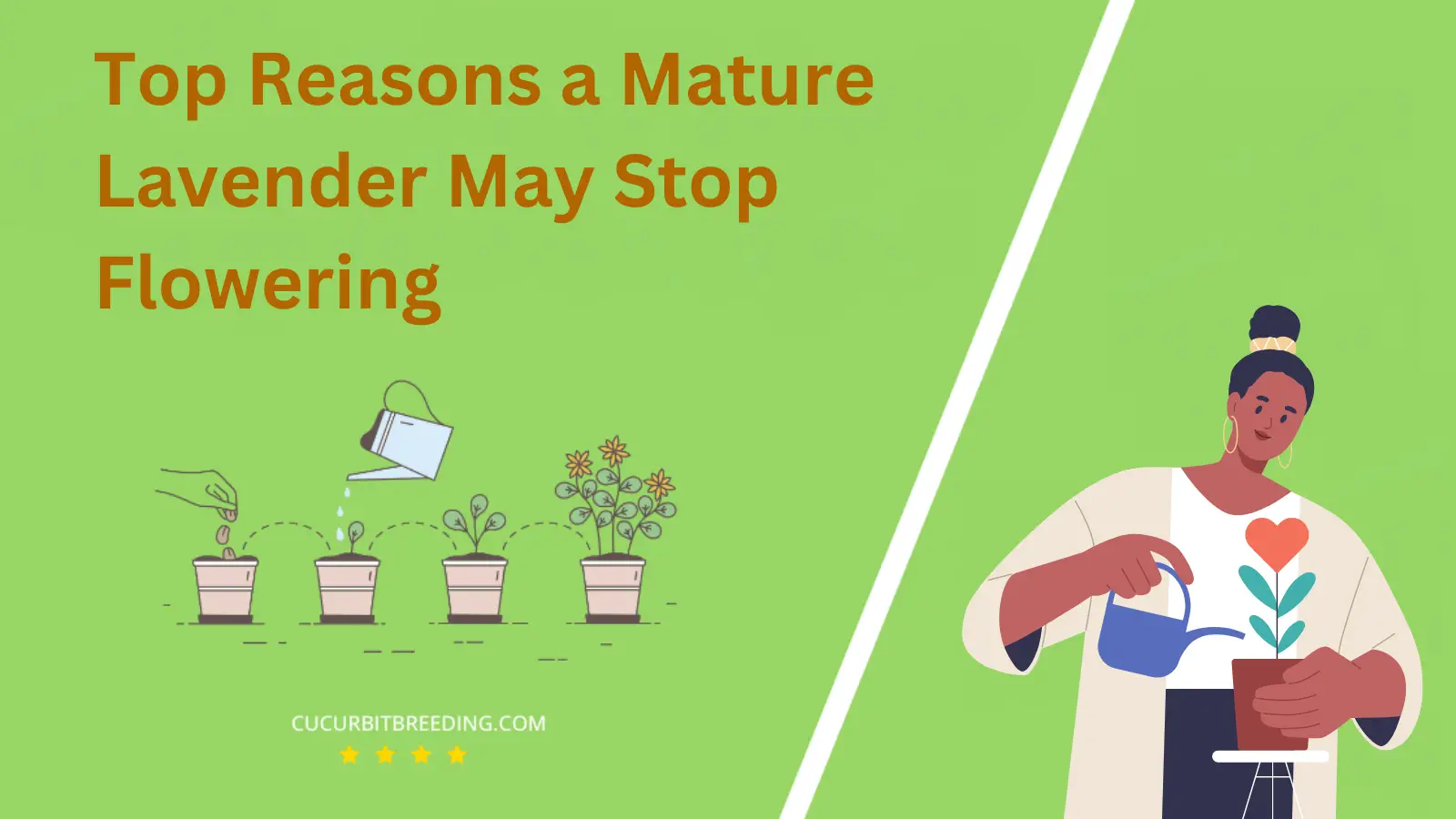
Ever wondered, when does lavender bloom? This aromatic plant, cherished for its vibrant purple flowers and soothing scent, follows a unique growth cycle. Our discussion will take you on a journey through the life of lavender, exploring its blossoming period and how it varies across different regions and species.
Understanding lavender’s bloom time is crucial not only for gardeners but also for anyone who enjoys the calming beauty of this plant. Let’s dive in!
When Does Lavender Bloom?
Lavender typically blooms from late spring to early summer, depending on the variety and the local climate. In warmer regions, the blooming period may start in early spring. The exact timing can vary, but on average, you can expect lavender to bloom for about a month during this period.
| Stage | Description |
|---|---|
| Germination | Spring (March-April) |
| Growth | (Spring to summer) (April to July) |
| Blooming | June to August |
| Dormancy | Winter (December, January, February) |
How Long Do Lavender Bloom?
Lavender, a popular herb known for its distinctive aroma and purple flowers, typically blooms from late spring to early summer. However, the exact bloom period can vary depending on the specific variety of lavender and the growing conditions. On average, lavender plants bloom for approximately 3 to 4 weeks.
How Light Affects Lavender Blooms?
Light plays a crucial role in the blooming process of lavender plants. Lavenders are typically sun-loving plants that require a minimum of six to eight hours of direct sunlight per day. The intensity and duration of light exposure significantly affect their growth and blooming.
When lavenders receive optimal amounts of sunlight, they produce more energy through photosynthesis, which in turn promotes the plant’s overall health and flowering capacity. Insufficient light can lead to fewer lavender blooms, weaker plant growth, and increased susceptibility to disease.
Therefore, ensuring that your lavender plants receive the right amount of light is key to ensuring healthy growth and abundant blooming. It’s also important to note that different varieties of lavender may have slightly different light requirements.
Will Lavender Bloom the First Year You Plant It?
Lavender plants do not typically bloom the first year they are planted. They usually take one to three years to reach maturity and start blooming. During the first year, the plant is establishing its root system and focusing on growth. Once this is established, it will start producing the fragrant blooms lavender is known for.
Will Lavender Bloom Every Year?
Yes, lavender is a perennial plant, which means it blooms every year. Once established, it has a long lifespan and can continue to bloom for many years. However, its blooming performance and lifespan can be greatly influenced by factors like proper care, the right growing conditions, and climate.

Should I Deadhead Lavender Blooms?
Yes, you should deadhead lavender blooms. Deadheading, or the process of removing faded blooms, helps to encourage bushier growth and the production of more flowers. It is best to perform this task in late summer or early fall, after the lavender has finished blooming for the season. This practice not only keeps your lavender plant looking neat and tidy, but it also promotes overall plant health.
Top Reasons a Mature Lavender May Stop Flowering

A mature lavender plant may stop flowering due to various reasons. Insufficient sunlight is a primary cause, as lavender plants thrive in full sun and require a minimum of 6 hours of sunlight per day. When deprived of this, they may cease to bloom.
Improper pruning is another reason. Lavender plants need to be pruned annually to promote new growth and flower production. Not pruning or over-pruning can lead to a reduction or complete stop in flowering.
Another reason could be overwatering or poor drainage. Lavender plants are drought-tolerant and prefer well-drained soil. Overwatering or waterlogged soil can lead to root rot, which can stifle flower production.
Lastly, nutrient deficiency in the soil can also cause a lavender plant to stop flowering. Lavender plants require well-fertilized soil, particularly rich in phosphorus, which promotes blooming.